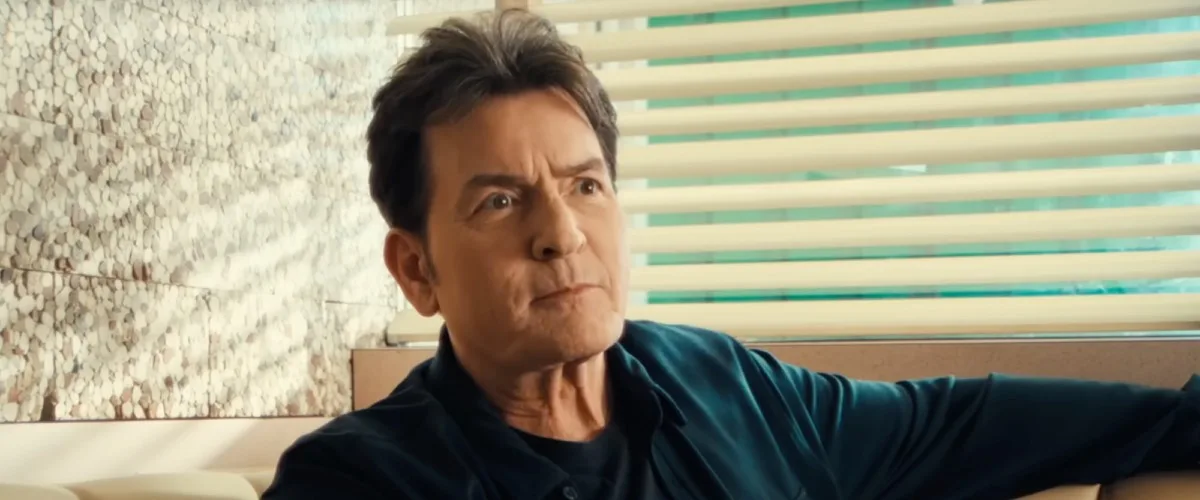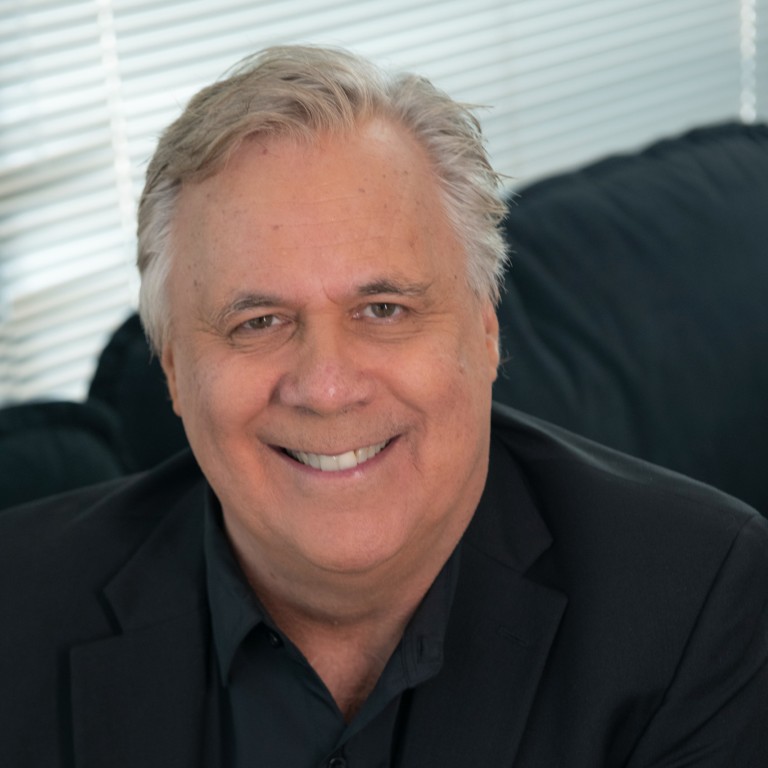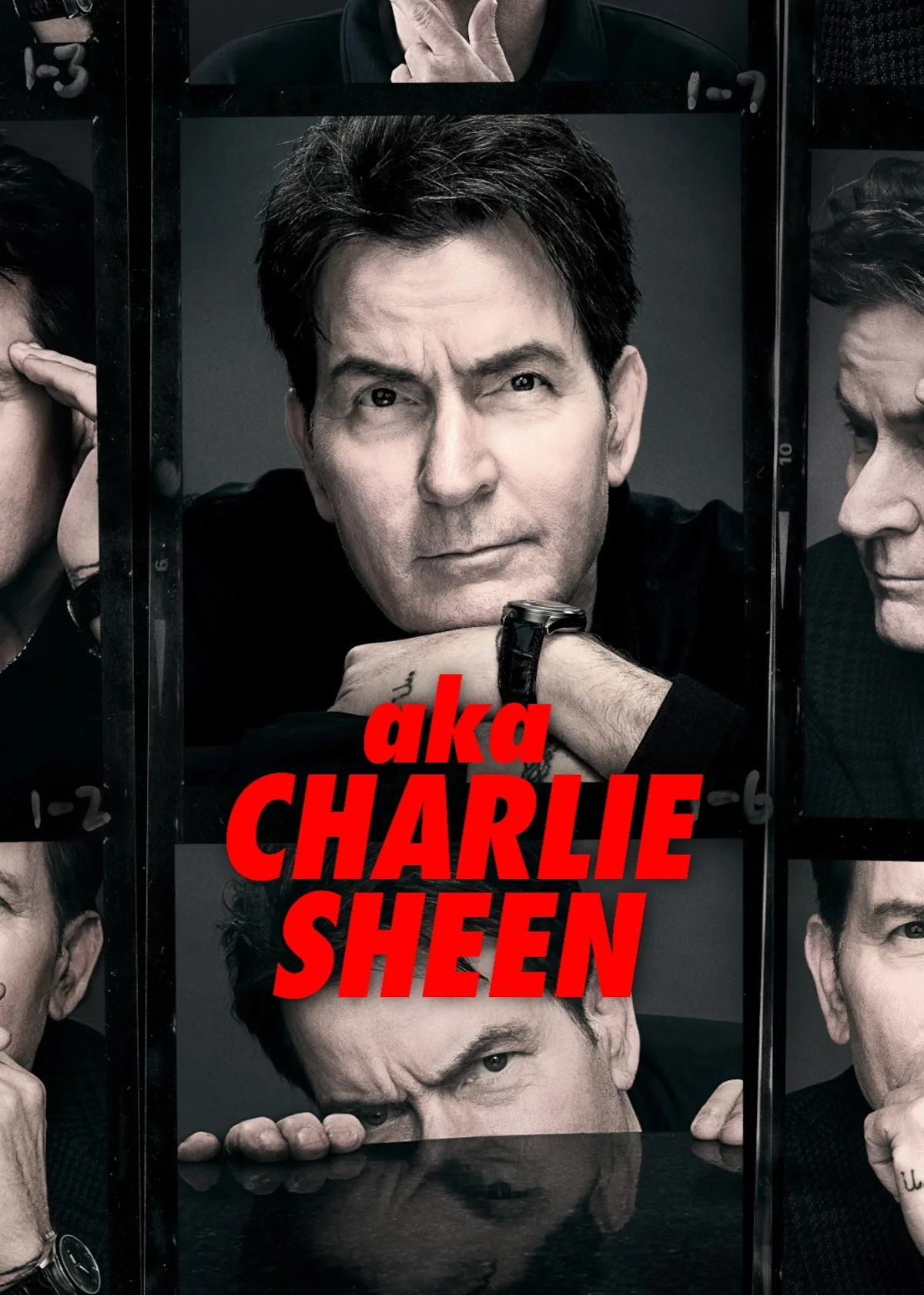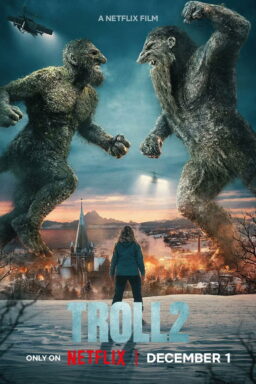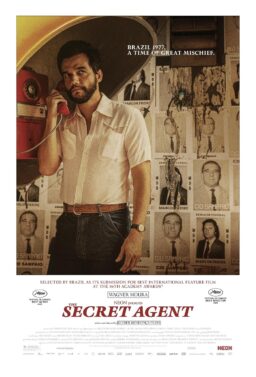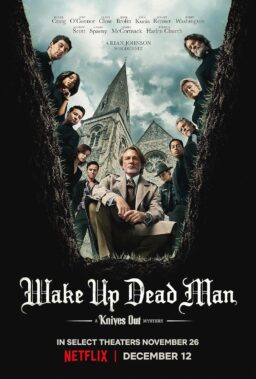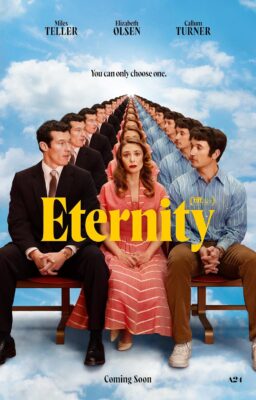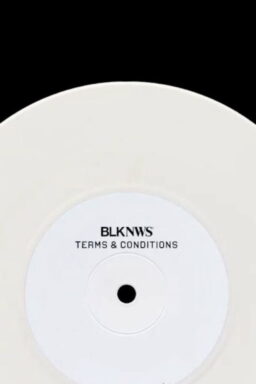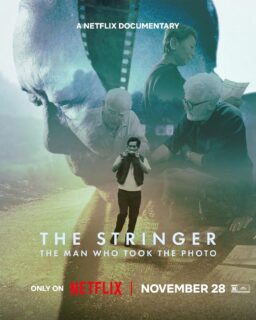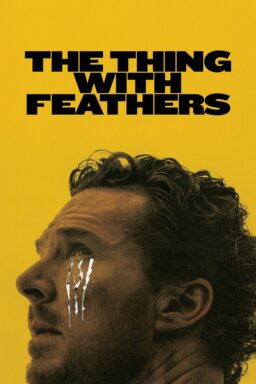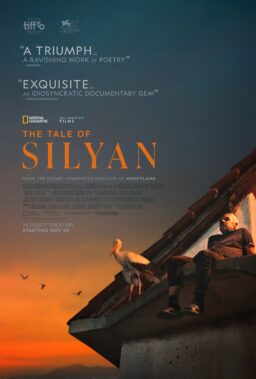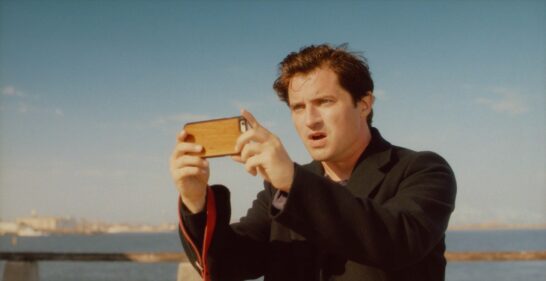It must be exhausting to be Charlie Sheen. Just watching the two-part Netflix documentary series “AKA Charlie Sheen” can feel draining.
Consider. By the time Sheen was 25, he had starred in the Oscar-winning blockbusters “Platoon” and “Wall Street,” and had already started growing his dubious party animal legend, entering a rehabilitation center for drug and alcohol addiction. In subsequent years, he saw his engagement to Kelly Preston end after an accident in which Sheen’s gun accidentally discharged and a ricochet hit Preston; he started smoking crack; was exposed as a major client of “Hollywood Madam” Heidi Fleiss; had a near-fatal overdose; was hospitalized; went back to rehab; and relapsed again.
That’s just Part 1 of the documentary. Insanely enough, the worst was yet to come.
With the first part of “AKA Charlie Sheen” clocking in at 93 minutes and the cheekily titled “Part Deux” adding another 88 minutes, we’re talking about a total running time of just over three hours. Even Charlie Sheen might say that’s a LOT of Charlie Sheen. Director Andrew Renzi keeps things moving with the usual documentary combo platter of present-day interviews, archival footage, film and TV clips, and dramatic re-creations, but by the time we get to the bittersweet but hopeful conclusion (Sheen has been sober for eight years), it feels like the film would have been more effective as a feature-length documentary. It’s like watching a train wreck, with a lone survivor emerging, only to see yet another train wreck—with that same guy crawling out from the rubble once again. And again. (Still, kudos to director Renzi for finding just the right moments to sprinkle in snippets of Sheen’s films and TV work, as well as his father’s, that often serve as poignant reflections of various triumphs and setbacks in Charlie’s journey. Life imitating art, and vice versa.)
To Sheen’s credit, he is forthcoming and places the blame for his troubles squarely on himself.. Looking fit for someone who’s been through what he’s been through, the now 60-year-old Sheen sits in a corner booth in a diner, still expressing himself in that unique manner that pinballs between illuminating reflection and WTF does that even mean, e.g., “Shame is suffocating…but shame can turn into someone’s North Star, you know, or their South Star, or the Death Star.” Sheen’s father, Martin, and his brother Emilio Estevez declined to participate in the documentary, though Charlie says their relationships are solid. However, we do hear from key figures in Sheen’s life, including ex-wives Denise Richards and Brooke Mueller, daughter Lola and son Bob, his brother Ramón Estevez, longtime friends Sean Penn and Chris Tucker—and his “Two and a Half Men” co-star Jon Cryer, who notes, “I worked with Charlie Sheen for eight years, and if you wonder what it’s like to work with Charlie Sheen for eight years, when I started, I had hair.”
Save for a few jumps, “AKA Charlie Sheen” follows a straightforward chronological timeline. We see Super 8 footage of home movies that young Charlie shot with Emilio and friends, such as Sean and Chris Penn—mini-stories filled with pretend violence, mirroring the work that dad Martin Sheen was doing in films like “Badlands” and “Apocalypse Now.” Sheen shares anecdotes about his rise in Hollywood, starting with a memorable cameo in “Ferris Bueller’s Day Off” before he skyrocketed to fame with “Platoon,” “Wall Street,” “Eight Men Out,” and “Major League.” By the late 1980s and early 1990s, Sheen was essentially on a years-long bender, accompanied by the likes of Nicolas Cage (“we were warped”) and careening out of control.
“Part Deux” kicks off with footage of Sheen meeting with the press after getting out of rehab in 1998, saying, “It’s a good day to be alive…I want to thank my family for their support, my friends…” That support—and Sheen staying alive—would be put to the test time and again over the next decade, as Sheen resuscitated his career via the small screen, winning a Golden Globe for “Spin City” and then starring in “Two and a Half Men,” which became an instant hit. But the party bus never stopped rolling for very long. Ex-wife Denise Richards tears up as she recounts their tumultuous marriage (“what he put me through…I don’t know how I’m here, to be honest”). Brooke Mueller, Sheen’s third wife, weighs in on their drug-fueled union. In a weird but admittedly compelling turn, even Sheen’s longtime drug dealer “Marco” appears, giving an interview in the condo Sheen bought for him, with a 2009 People’s Choice Award for “Two and a Half Men” on a table in Marco’s living room. “Sometimes [Sheen] would smoke so much crack he couldn’t even speak,” says Marco. We’ve seen a lot of documentaries about celebrity struggles, but I’m not sure we’ve ever seen one featuring an interview with the drug dealer.
It was clear Sheen was going through some major problems while “Two and a Half Men” was still a ratings success—but the network’s solution was to throw $2 million an episode his way, making him the highest-paid TV star in history. “It was a recipe for disaster,” says Sheen, who would go on to embark on a bizarre and disturbing string of media and live appearances, turning catchphrases such as “Winning!” and “Tiger Blood” into dark rallying cries. Remember the “My Violent Torpedo of Truth/Defeat is Not an Option” tour, with stops at Radio City Music Hall and the Chicago Theatre, among other venues, where thousands of fans cheered Sheen’s meltdown as if he were some Addiction Superhero? “It feels weird,” Sheen says in the present day, “It feels like I’m watching somebody else…It just creates…the shame shivers.”
Charlie Sheen certainly appears to be in a better place these days. This week also marks the release of his book “The Book of Sheen: A Memoir.” The “Torpedo the Truth” tour has given way to the Redemption Tour. One hopes Sheen has quelled or at least quieted all those demons that were born of the illness of addiction.

